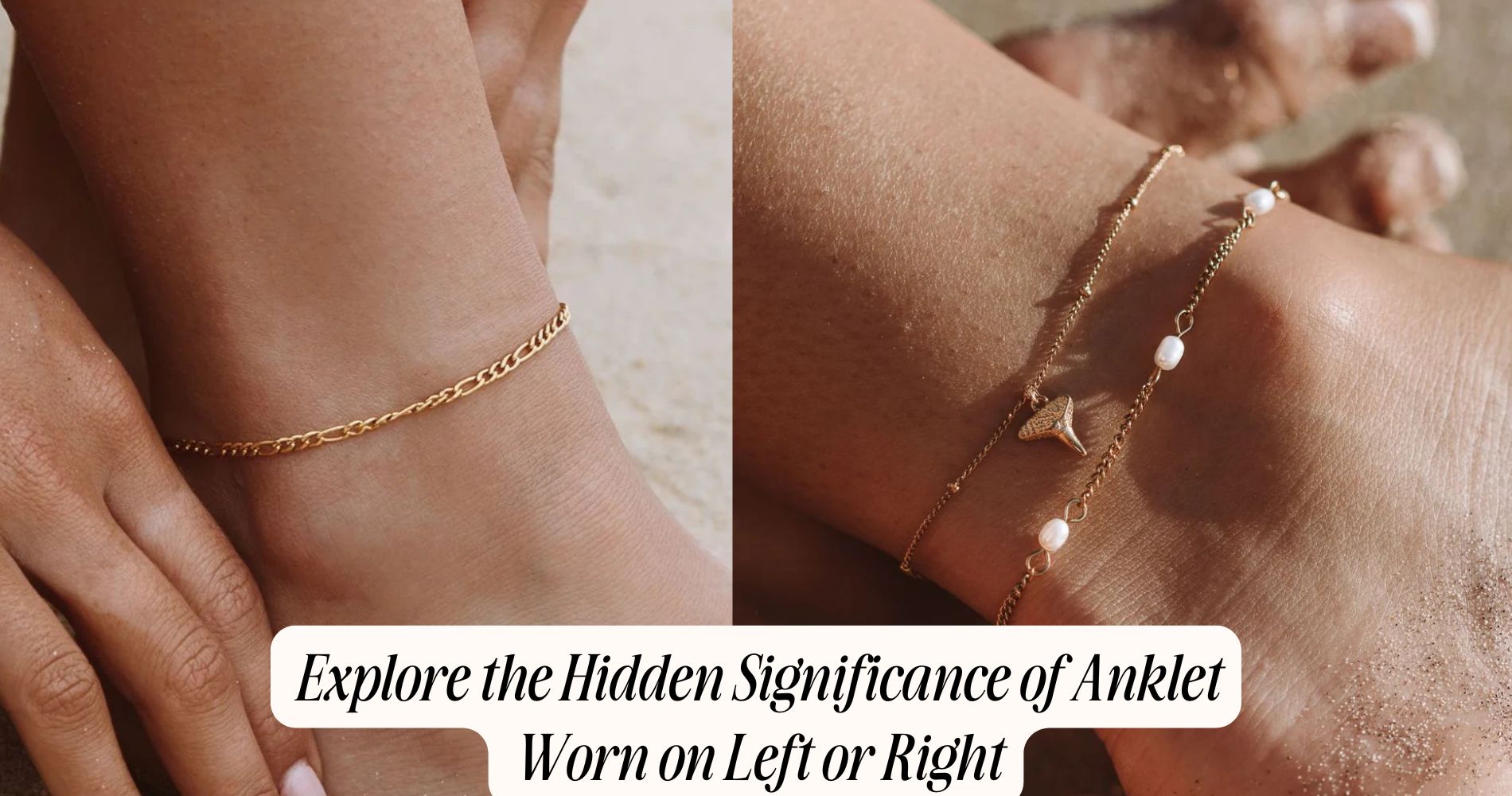
Explore the Hidden Significance of Anklet Worn on Left or Right
The significance of anklet worn on left or right goes beyond just fashion—it's steeped in cultural and personal symbolism. Wearing an anklet on your left foot often reflects your relationship status or commitment, especially in South Asian traditions. On the other hand, a right anklet can symbolize freedom, independence, and even casual relationships in certain cultures. These choices also express your connection to heritage and individuality, offering deeper insight into your personal style. If you're curious about selecting the perfect anklet that resonates with you, check out our waterproof anklet collection for options that blend style with durability.
Cultural Meanings of Anklet Placement
When you look at anklets, you might see more than just a piece of jewelry; you're witnessing a tapestry of cultural significance woven through history and tradition. The placement of an anklet can convey messages that vary greatly across different cultures.
For instance, in many South Asian communities, wearing an anklet on the left foot often signifies a woman's marital status or femininity, while the right foot can symbolize freedom and independence.
In some African cultures, anklet placement can indicate a person's rank within the community or their spiritual beliefs. For example, a decorative anklet worn on the left may represent a connection to ancestral spirits, while the right could denote a person's worldly responsibilities.
This nuanced meaning extends even to modern fashion, where some wearers choose specific placements to express individuality or align with personal beliefs.
Thus, understanding anklet placement opens a window into a rich array of cultural narratives. By wearing an anklet, you're not only adorning your body but also participating in a conversation that spans generations, cultures, and personal stories.
Relationship Status and Anklet Choice
Anklet choices can reveal much about your relationship status, intertwining personal identity with cultural expression. When you choose to wear an anklet, its placement can signify specific relationship dynamics. For example, wearing an anklet on the left foot often symbolizes being in a committed relationship, while the right foot might suggest a more casual or open status. This subtle distinction in anklet symbolism can reflect your feelings and intentions toward your romantic life.
If you're single, you might opt for a simple, understated anklet that emphasizes independence and self-empowerment. Conversely, if you're in a relationship, your anklet choice may take on more elaborate designs, showcasing your connection to your partner. The colors and materials you select can also communicate your emotional state or relationship aspirations.
Moreover, your anklet can serve as a tangible reminder of the love and affection you share with your significant other. By understanding these nuances, you can appreciate how anklets serve not just as accessories but as meaningful reflections of your relationship status and the dynamics that shape it.
Personal Beliefs and Anklet Symbolism
Your choice of anklet can serve as a powerful expression of personal beliefs and values, embodying cultural or spiritual significance that resonates deeply within you. Each anklet you wear can symbolize your journey toward personal empowerment, reflecting aspects of your identity and aspirations.
For instance, a beaded anklet might represent your connection to nature, while a metal piece may signify strength and resilience.
The placement of your anklet—left or right—can further enhance this symbolism. Many believe the left side connects to your internal world, fostering a deeper spiritual connection, while the right side may express your outward ambitions and interactions. This distinction can guide you in choosing the anklet that aligns with your current intentions.
As you adorn your ankle, you're not just accessorizing; you're affirming your beliefs, embracing your individuality, and celebrating your heritage. The anklet becomes a talisman of sorts, empowering you to navigate life's challenges.
Whether you see it as a fashion statement or a spiritual reminder, the anklet you choose is a meaningful extension of who you're and what you stand for.
Historical Significance of Anklets
Anklets have woven their way through the fabric of history, reflecting ancient cultural practices that varied across regions.
You'll notice how their symbolism evolved, embodying everything from status and marital ties to personal expression.
As fashion trends shifted over time, anklets not only retained their significance but also adapted to the changing tastes of society.
Ancient Cultural Practices
In many ancient cultures, decorative adornments worn around the ankle held profound significance beyond mere aesthetics. Anklets weren't just fashion statements; they represented a deeper layer of cultural identity and belief systems.
You'd find that in various societies, anklet rituals were integral during ceremonies, often marking important life changes like marriage or coming-of-age events. These rituals weren't solely about decoration; they established spiritual connections between the individual and their community or deities.
For instance, in some cultures, the sound of anklets jingling was thought to ward off evil spirits, while in others, they symbolized fertility and prosperity. Wearing an anklet could signal social status or marital status, serving as a visual marker within the community.
It's fascinating how these adornments encompassed both personal expression and communal values. The materials and designs varied widely, but the underlying significance remained consistent: anklets were a bridge between the physical and spiritual domains.
Symbolism Across Regions
Throughout history, different cultures have imbued anklets with unique symbolism that reflects their values and beliefs. In India, for instance, anklets often signify marital status, with married women typically wearing them as a form of anklet etiquette, showcasing their commitment.
In contrast, some African cultures view anklets as symbols of fertility and beauty, with specific regional variations depending on the tribe.
In the Middle East, anklets may serve as amulets, believed to ward off evil spirits, while in Western contexts, the anklet often emphasizes individuality and personal style. This diversity highlights how anklets aren't merely decorative; they carry profound meanings shaped by cultural narratives.
When you explore the significance of anklets in different regions, you'll notice that their roles can shift dramatically. For example, while they might be viewed as fashion accessories in some places, in others, they serve as vital markers of social status or identity.
Acknowledging these regional variations allows you to appreciate the rich tapestry of tradition and significance woven into the anklet's history. Each adornment tells a story, connecting the past with the present in a meaningful way.
Fashion Trends Over Time
Over the centuries, fashion trends surrounding anklets have evolved, reflecting societal changes and personal expressions. In ancient civilizations, like Egypt and India, anklets made from precious metals and adorned with gemstones symbolized wealth and status. You might've noticed how these anklets were often worn during significant ceremonies, emphasizing their cultural importance.
As you move through history, the materials used in anklets shifted, from sturdy leather in the medieval period to delicate chains in the 1920s flapper era.
Today, seasonal styles dictate the design of anklets, with summer often showcasing vibrant colors and playful charms, while winter trends lean toward minimalist, metallic designs.
You can see how the resurgence of bohemian fashion has brought back natural anklet materials, like woven threads and beads, enhancing a laid-back aesthetic.
Each era's preference not only reflects the fashion of the time but also the values and attitudes toward femininity and freedom.
Fashion Trends and Anklet Styles
As summer approaches, anklets are making a vibrant comeback in the world of fashion, blending tradition with contemporary flair. You'll find that bohemian styles dominate this season, with colorful beads and woven designs capturing the essence of carefree summer vibes.
Layered anklets are trending, allowing you to mix and match different styles for a personalized look that reflects your unique personality.
If you prefer a more understated approach, minimalist designs are also gaining traction, featuring sleek lines and subtle elegance. Gemstone accents add a touch of sophistication, drawing attention to your ankles without overwhelming your outfit.
Many brands offer handmade pieces that showcase artisanal craftsmanship, ensuring you're wearing something truly special.
Adjustable lengths are becoming increasingly popular, allowing you to customize your anklet for the perfect fit. Explore various color combinations to complement your summer wardrobe, from vibrant hues to soft pastels.
As you embrace these seasonal trends, remember that anklets aren't just accessories; they're a statement of individuality and style. Whether you opt for layered or minimalist designs, your anklet will surely enhance your summer aesthetic.
How to Choose the Right Anklet
Choosing the right anklet can elevate your summer style and express your personality. Start by reflecting on the anklet materials that resonate with you. Whether it's delicate gold chains, colorful beaded designs, or sturdy leather, your choice will reflect your vibe.
If you lean towards bohemian aesthetics, opt for natural materials that bring a relaxed feel. For a more modern look, sleek metal options can add a touch of elegance.
Next, contemplate styling tips that complement your wardrobe. If you often wear ankle-baring shoes or shorts, a statement anklet can really shine. Layering multiple anklets is trendy; mix different materials and lengths for a casual, curated look.
Remember to take into account the occasion—something dainty works well for formal events, while chunkier styles suit beach outings.
Lastly, pay attention to the fit. An anklet should feel secure but not tight; this guarantees comfort as you move.
Frequently Asked Questions
Can Anklets Be Worn on Both Legs Simultaneously?
Absolutely, you can wear anklets on both legs simultaneously. This trend highlights personal style and reflects cultural symbolism, blending fashion trends with individual expression. Experimenting with different anklet placements can showcase your unique fashion statement.
Do Different Materials Affect Anklet Meanings?
Different materials do affect anklet meanings. You'll find material symbolism in metals, stones, and fabrics, each carrying unique significance. Design variations further enhance the message, reflecting personal style and cultural heritage in your choice.
Is There a Spiritual Significance to Anklet Placement?
Anklet placement carries deep spiritual symbolism, influencing your energy flow and alignment. Wearing one on the left may connect you to intuition, while the right often symbolizes action, reflecting your personal journey and spiritual alignment.
How Do Anklets Differ Across Various Cultures?
Anklets showcase cultural symbolism, varying greatly across regions. In some cultures, they signify marital status, while others use them as fashion statements. You'll discover rich traditions and meanings tied to their designs and materials.
What Occasions Are Best for Wearing Anklets?
You'll find anklets perfect for beach parties and casual outings, adding a fun touch. For formal events, opt for elegant styles, while cultural festivals allow vibrant designs that celebrate traditions, enhancing your overall look beautifully.
Conclusion
In understanding the significance of anklet placement, you uncover layers of cultural meanings and personal beliefs. Whether worn on the left or right, each choice conveys messages about your relationship status, individuality, and style. By exploring the historical context and current fashion trends, you can appreciate the anklet not just as an accessory but as a powerful symbol. Ultimately, selecting the right anklet becomes a personal statement, reflecting who you are and what you value.


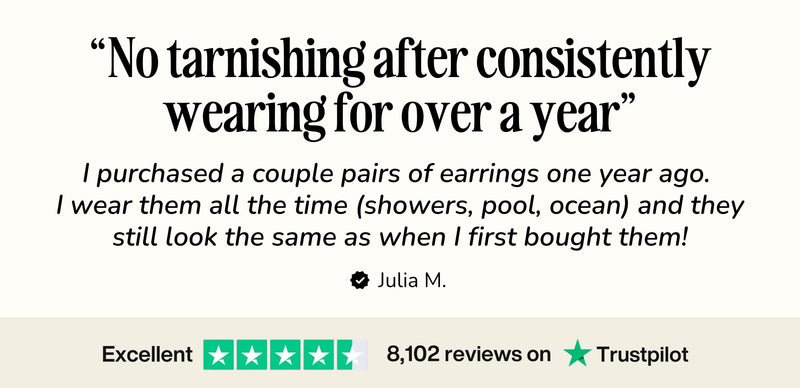







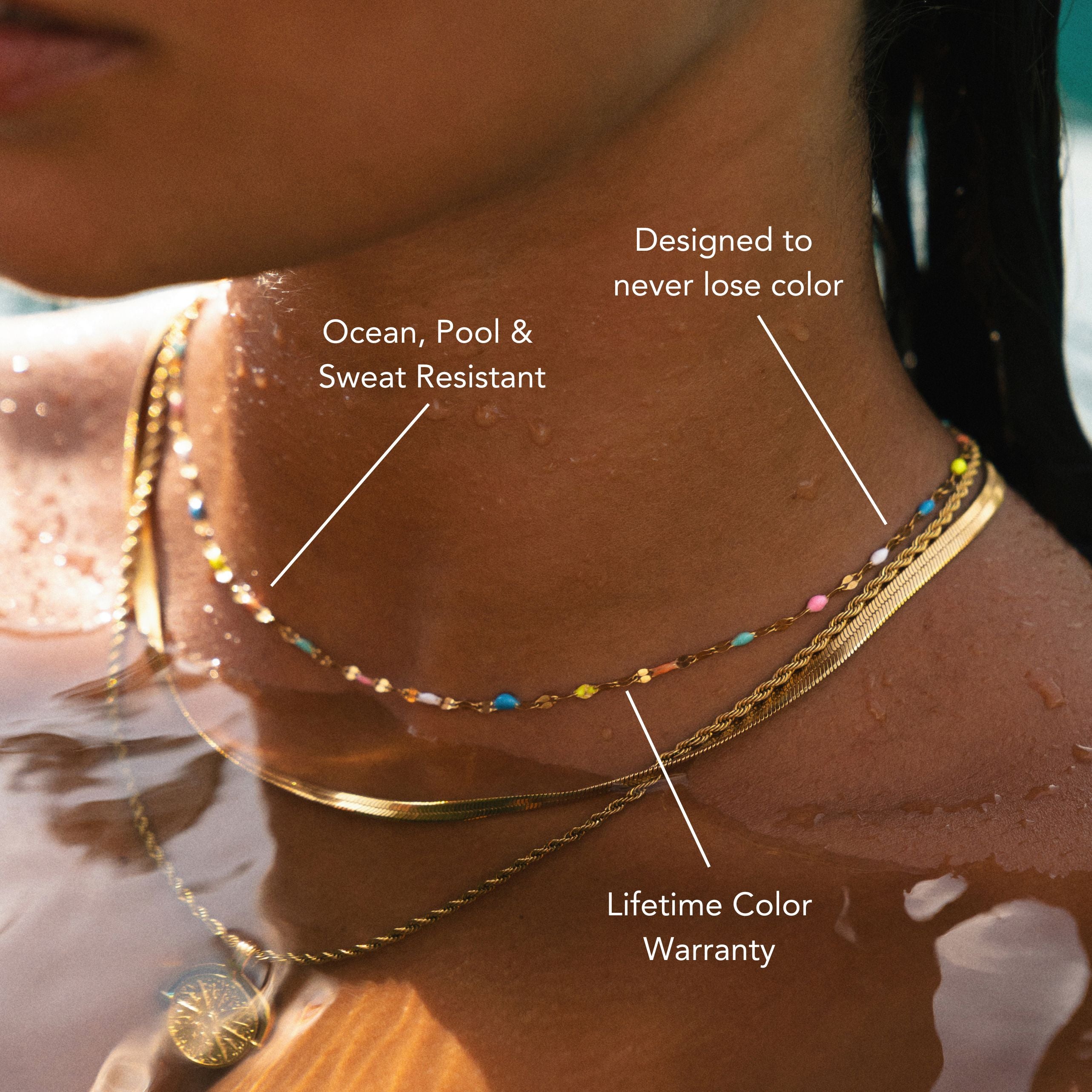
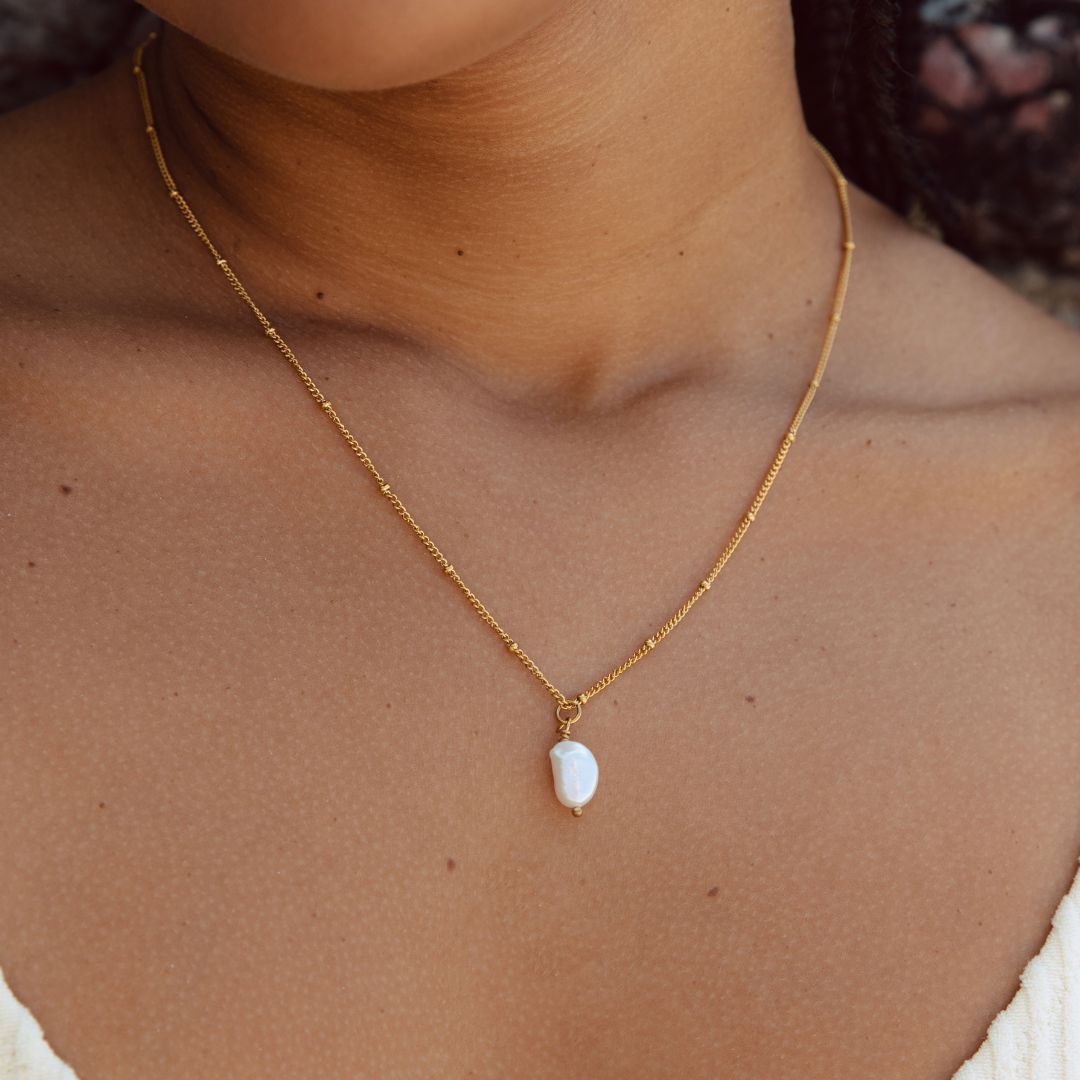

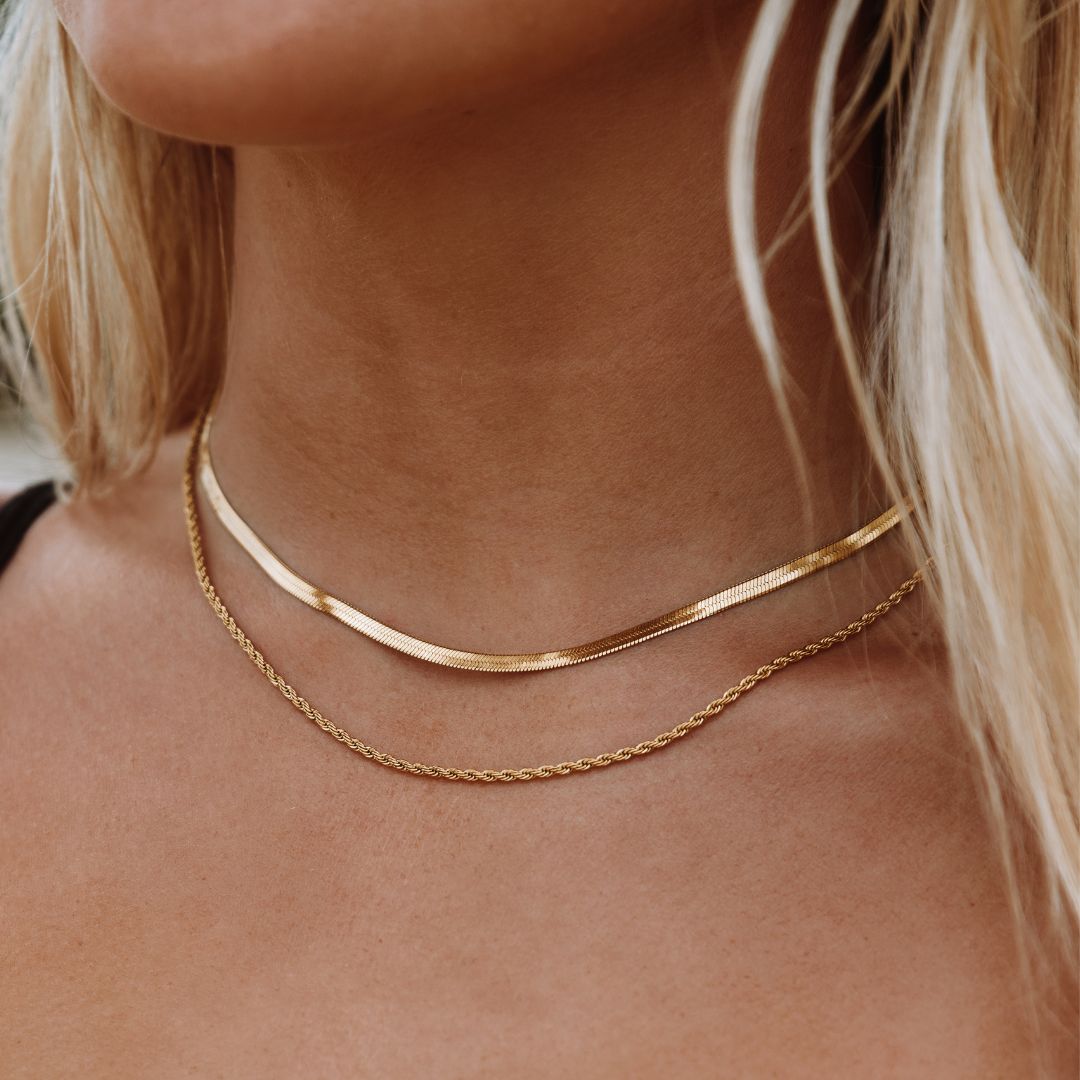





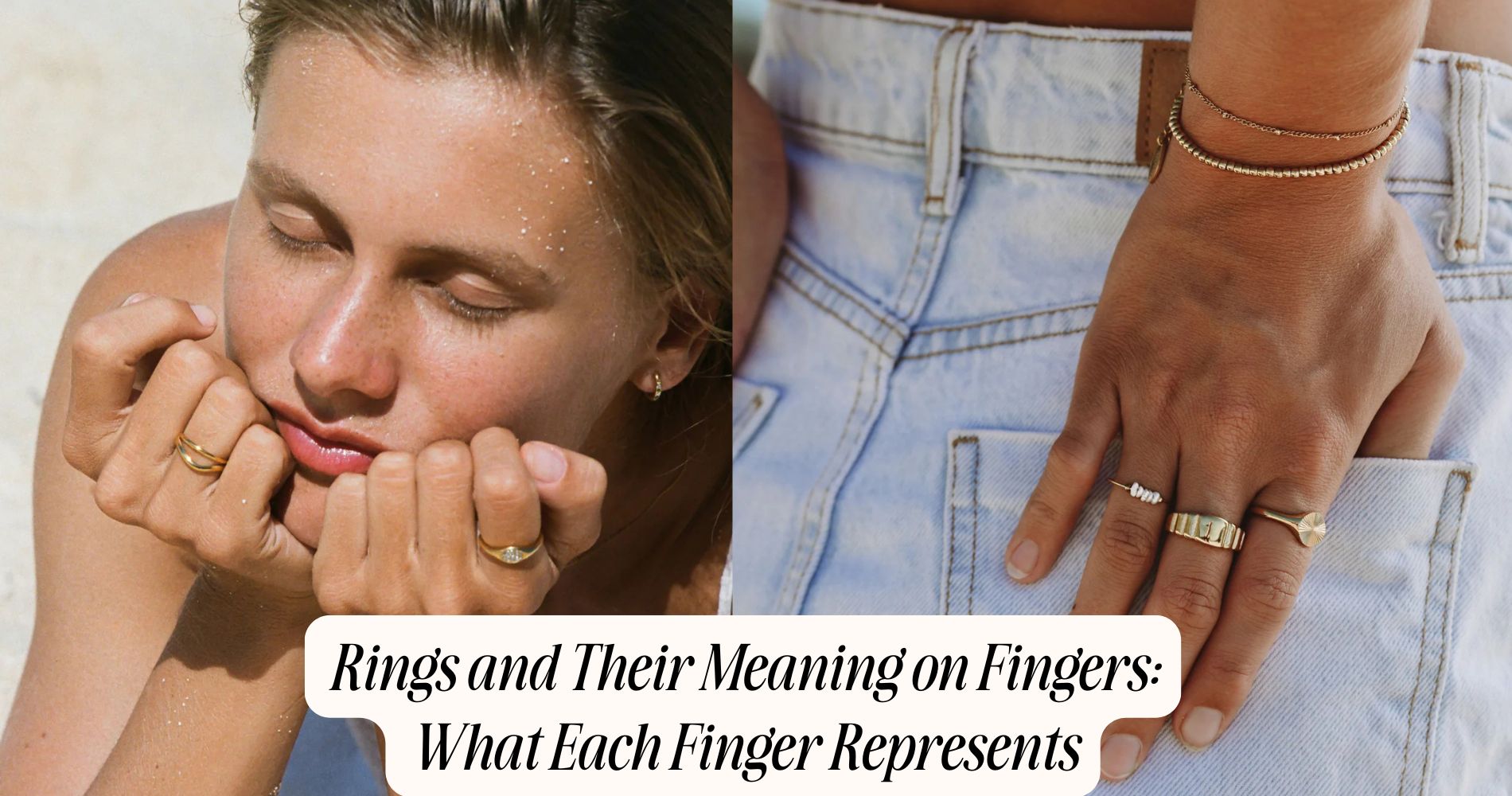





Leave a comment
This site is protected by hCaptcha and the hCaptcha Privacy Policy and Terms of Service apply.